Rising Prevalence of Respiratory Disorders
The increasing incidence of respiratory disorders, such as asthma and chronic obstructive pulmonary disease, is a primary driver for the Nasal Drug Delivery Market. According to recent estimates, respiratory diseases affect millions of individuals worldwide, leading to a growing demand for effective treatment options. Nasal drug delivery systems offer rapid absorption and targeted action, making them particularly appealing for patients suffering from these conditions. The market for nasal drug delivery is projected to expand as healthcare providers seek innovative solutions to manage these prevalent disorders. Furthermore, the convenience and ease of use associated with nasal delivery systems are likely to enhance patient compliance, thereby driving market growth. As the population ages and the prevalence of respiratory ailments rises, the Nasal Drug Delivery Market is expected to witness significant advancements and increased investment.
Technological Innovations in Drug Formulation
Technological advancements in drug formulation are significantly influencing the Nasal Drug Delivery Market. Innovations such as nanotechnology and microemulsion techniques are enhancing the efficacy and bioavailability of nasal drugs. These technologies allow for the development of formulations that can improve drug absorption through the nasal mucosa, leading to faster onset of action. The market is witnessing a surge in research and development activities aimed at creating novel nasal drug delivery systems that can cater to a variety of therapeutic areas. For instance, the introduction of smart nasal devices that can monitor dosage and provide feedback to patients is likely to enhance user experience and adherence. As these technologies continue to evolve, they are expected to play a crucial role in shaping the future of the Nasal Drug Delivery Market, potentially leading to new product launches and increased market competition.
Increased Investment in Research and Development
Investment in research and development is a critical driver for the Nasal Drug Delivery Market. Pharmaceutical companies are increasingly allocating resources to develop innovative nasal drug delivery systems that can address unmet medical needs. This trend is evident in the growing number of clinical trials focused on nasal formulations for various therapeutic areas, including pain management and neurological disorders. The potential for nasal delivery systems to bypass the blood-brain barrier is particularly appealing for neurological applications, which could lead to groundbreaking treatments. Furthermore, government initiatives aimed at promoting research in drug delivery technologies are likely to bolster market growth. As R&D efforts intensify, the Nasal Drug Delivery Market is expected to benefit from a pipeline of new products and enhanced therapeutic options for patients.
Regulatory Support for Nasal Drug Delivery Products
Regulatory support for nasal drug delivery products is emerging as a significant driver for the Nasal Drug Delivery Market. Regulatory agencies are increasingly recognizing the advantages of nasal delivery systems, leading to streamlined approval processes for new formulations. This supportive regulatory environment encourages pharmaceutical companies to invest in the development of nasal drug delivery products. Recent guidelines have been established to facilitate the evaluation of nasal formulations, which may expedite their entry into the market. As a result, the number of approved nasal drug products is likely to increase, providing patients with more treatment options. The positive regulatory landscape is expected to foster innovation and competition within the Nasal Drug Delivery Market, ultimately benefiting patients and healthcare providers.
Growing Demand for Non-Invasive Drug Delivery Systems
The demand for non-invasive drug delivery systems is on the rise, significantly impacting the Nasal Drug Delivery Market. Patients increasingly prefer methods that do not require injections or invasive procedures, which has led to a shift towards nasal delivery systems. These systems are not only user-friendly but also provide rapid onset of action, making them suitable for acute conditions. Market data indicates that the nasal drug delivery segment is expected to grow at a compound annual growth rate of over 10% in the coming years. This trend is further supported by the increasing awareness of the benefits of non-invasive therapies among healthcare professionals and patients alike. As the healthcare landscape evolves, the Nasal Drug Delivery Market is likely to expand, driven by the need for effective and patient-friendly treatment options.
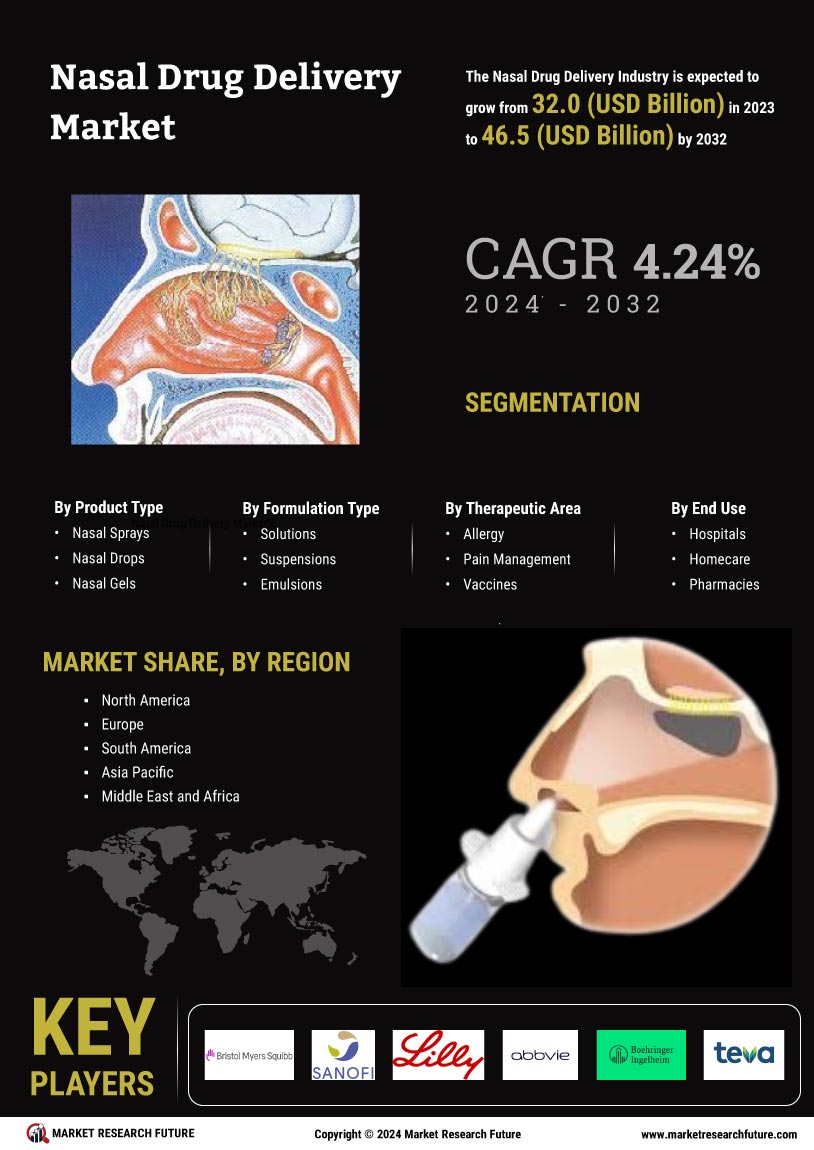

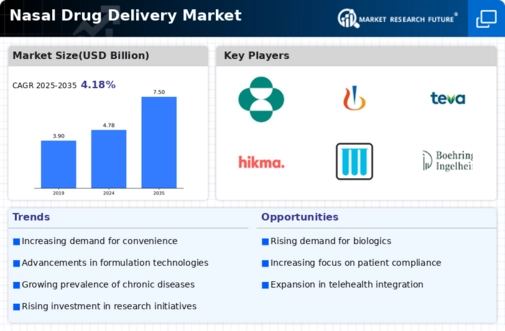
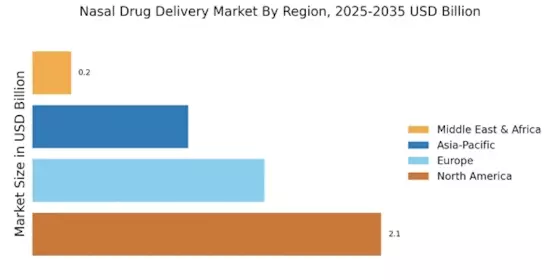

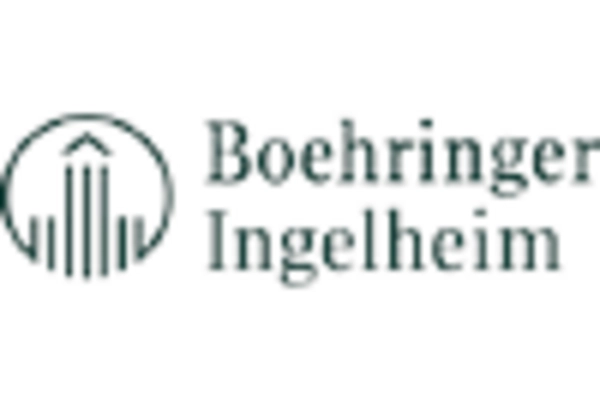
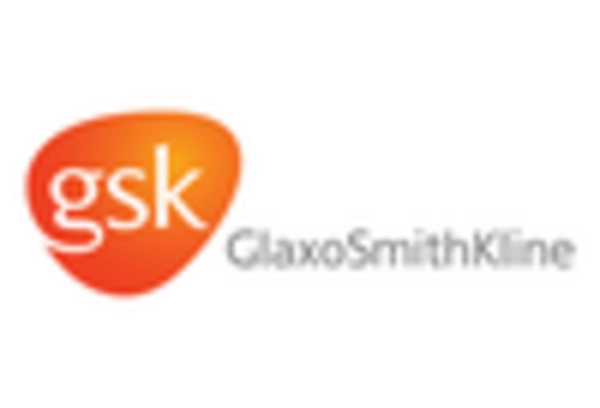
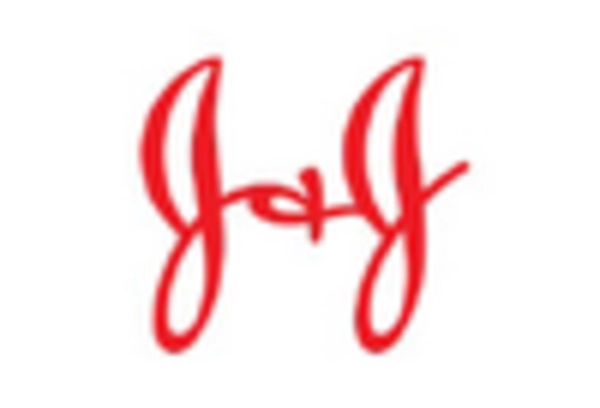
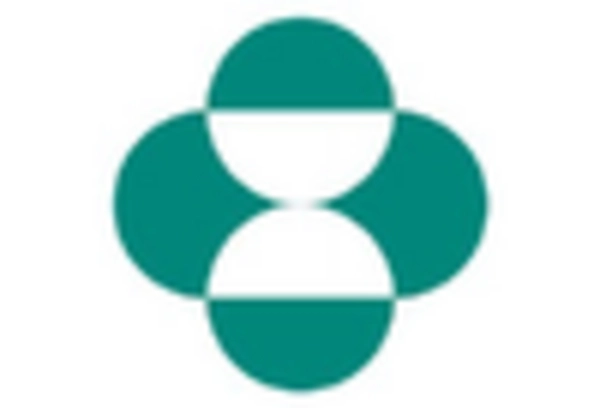









Leave a Comment